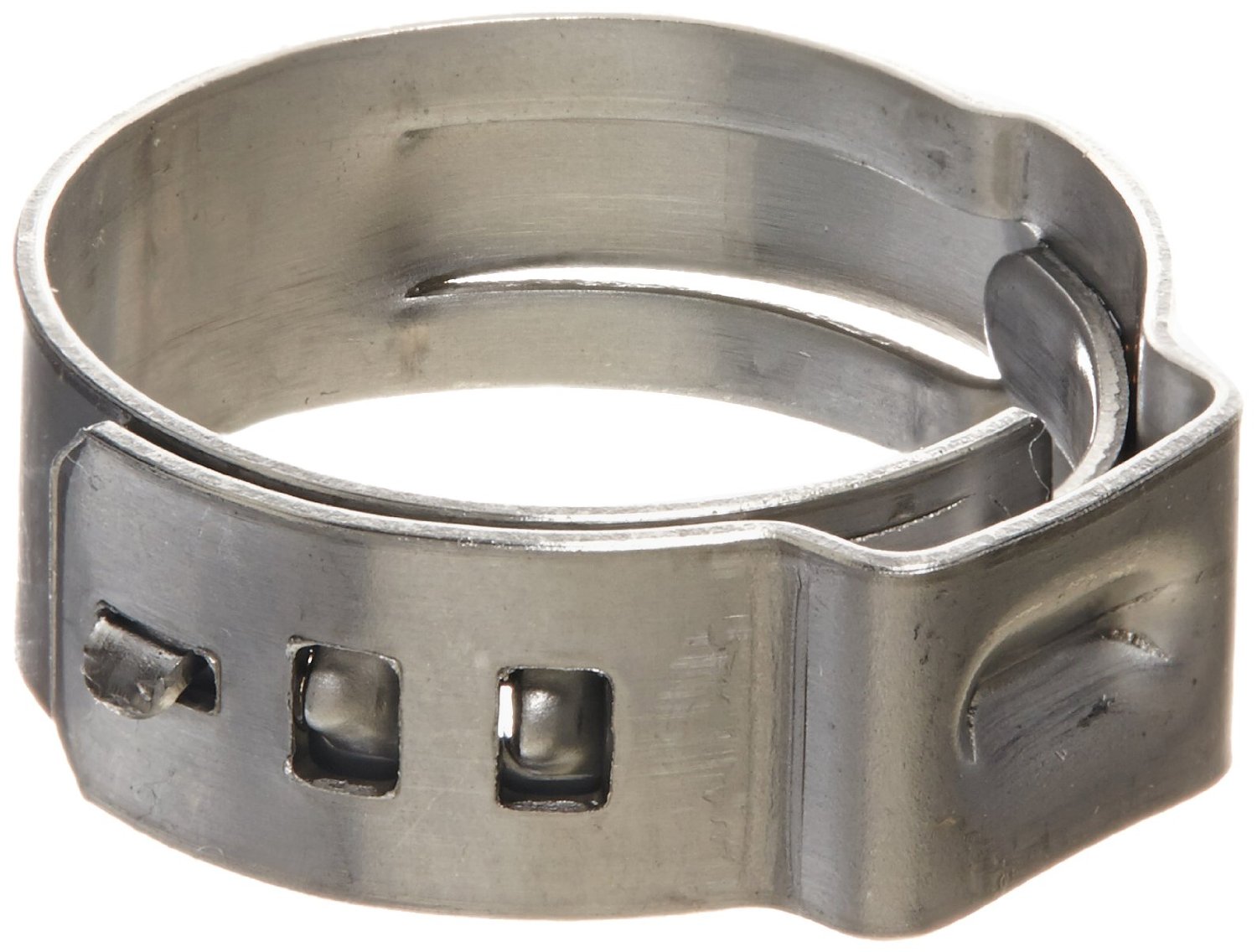Not to get too granular here, but I have a fuel line on my outboard tank that had zip ties on the fittings, to clamp on the hoses.
I had to clip the tie to get the fitting off to remove the tank from the boat, and I'm trying to figure out among my options what is sensible.
Seems like there are spring clamps, regular hose clamps, pinch clamps, ear clamps, and then just another zip tie yanked and tightened on.
Ups/downs, other than the degree of PITA to install and remove?
Spring clamps seem like they would be the easiest, but possibly good reasons to avoid them as well?
I wouldn't mind having a method that's relatively straightforward to remove and reinstall without having to sacrifice the clamp, but if pinch-on is way more stable, I'll live with them.
I had to clip the tie to get the fitting off to remove the tank from the boat, and I'm trying to figure out among my options what is sensible.
Seems like there are spring clamps, regular hose clamps, pinch clamps, ear clamps, and then just another zip tie yanked and tightened on.
Ups/downs, other than the degree of PITA to install and remove?
Spring clamps seem like they would be the easiest, but possibly good reasons to avoid them as well?
I wouldn't mind having a method that's relatively straightforward to remove and reinstall without having to sacrifice the clamp, but if pinch-on is way more stable, I'll live with them.







